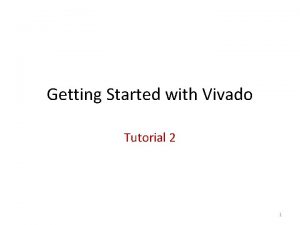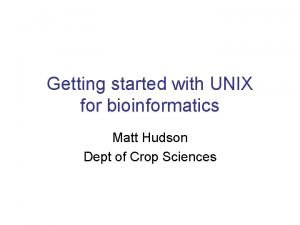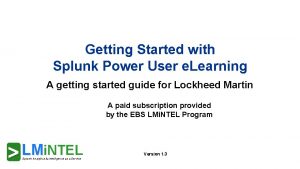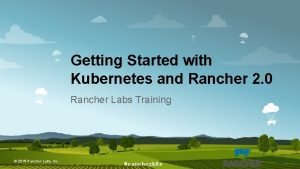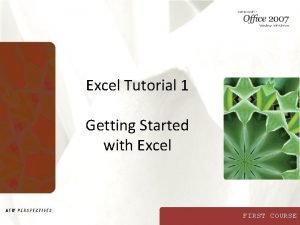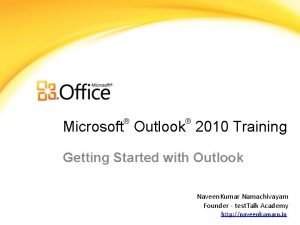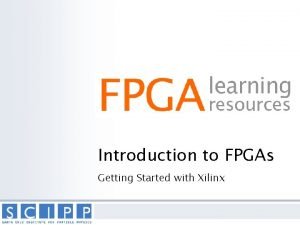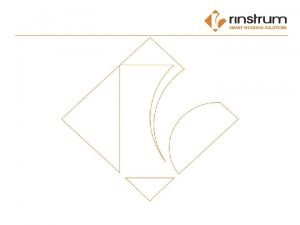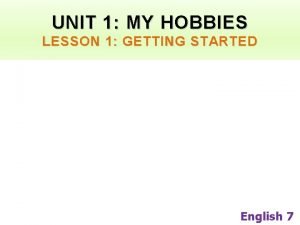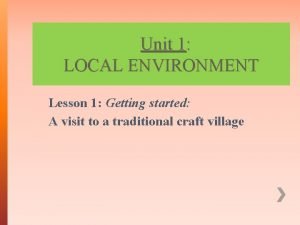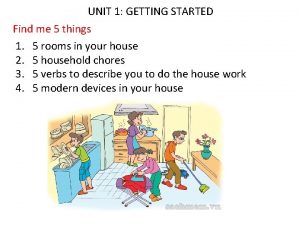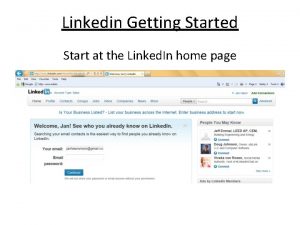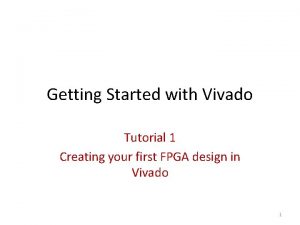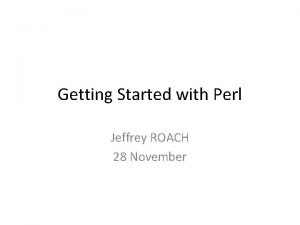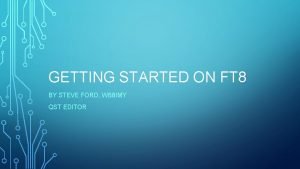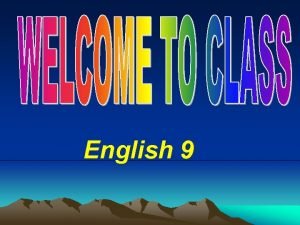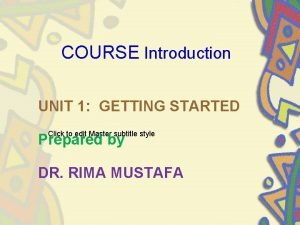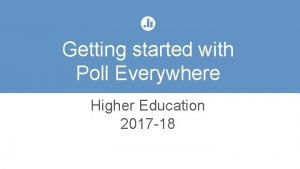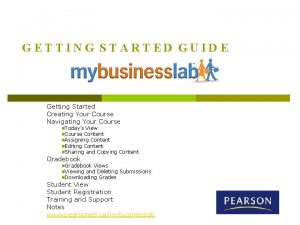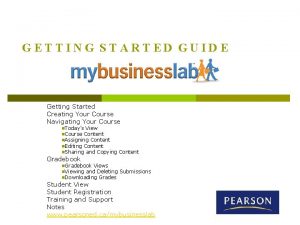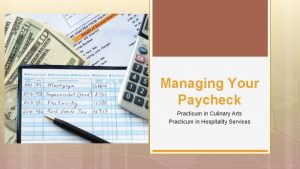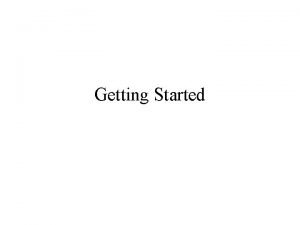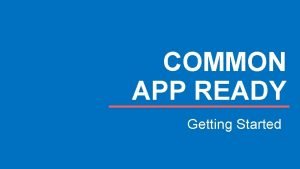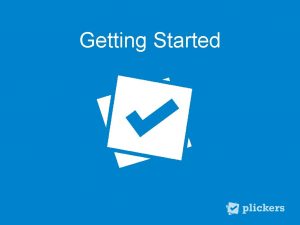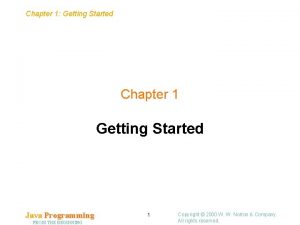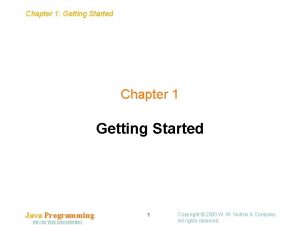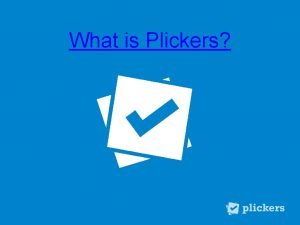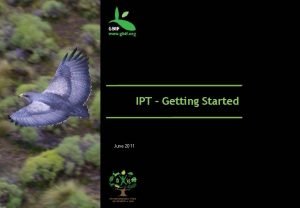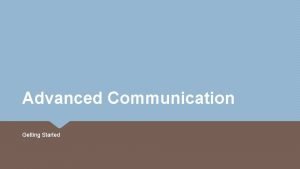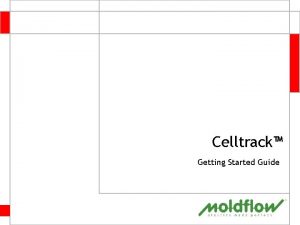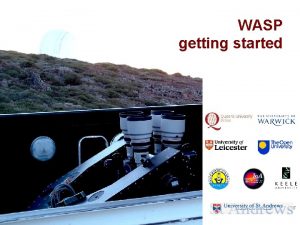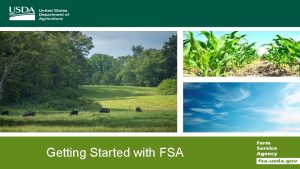Getting Started With Your Medical Practicum Experience Winter



















- Slides: 19

Getting Started With Your Medical Practicum Experience Winter

A FEW PRELIMINARY NOTES ….

Influenza Modes of Transmission • Respiratory droplet transmission (cough, sneeze) • Contact with respiratory secretions and bodily fluids • Indirect contact via hand transfer • Note: People infected with flu may be able to infect others beginning 1 day before symptoms develop and up to 5 -7 days after becoming sick (from Everyday Preventive Actions on CDC website)

Preventing Influenza Transmission Get influenza vaccination Cover your cough & sneeze Use facemask if patient has droplet precautions Avoid touching your eyes, nose, and mouth Use standard precautions (hand hygiene, gloves) Limit touching of surfaces Disinfect surfaces Keep a distance (if possible) DO NOT go to practicum if remotely feeling sick DO NOT go to practicum until at least 24 hours after you no longer have a fever (without fever-reducing meds) • Link to CDC website on seasonal flu • • •

MEDICAL PRACTICUM

What is the purpose of Medical Practicum? • Familiarize yourself with a medical setting • Acquire basic competencies in certain areas of medical speech-language pathology – Medical chart review – Patient interviewing and case history – Oral-facial examination – Cognitive, speech, language screening – Swallowing screening and feeding precautions

What is a SNF? • Skilled Nursing Facility - An institution where round the clock care is provided to individuals by trained nurses (LPNs and RNs). • Patients come for long term care and for short term care/rehab (to get better and return home or to a lesser level of care) • Some patients come and are still very ill or injured – May have mobility issues, new incisions, IV’s, drains, are in traction, have bruises, are very weak or difficult to arouse

What Types of Patients Do SLPs See? • Age range of patients in long-term care – 60 -69 years: 12% – 70 -79 years: 23% – 80 years and older: 57% • Top SLP diagnoses in SNF’s – Swallowing: 67% – Cognitive-Communicative Disorder: 47% – Aphasia: 6% – Dysarthria: 5% – Voice Disorder: 3% • Source: ASHA NOMS: Adults in Healthcare – Skilled Nursing Facility 2012 – http: //www. asha. org/content. aspx? id=15831&Lang. Type=1033

How To Be Successful In Medical Practicum • Be on time, dressed according to clinic standards and eager to learn • Meet in the front lobby of Riverpark • Complete any readings or preparation requested in advance • Be mindful of HIPPA and confidentiality in and out of practicum

How To Be Successful In Medical Practicum • If you are feeling uncomfortable about a medical situation, talk with your supervisor as soon as it becomes a concern • Maintain professionalism with the staff and residents you meet at all times • Communicate with the residents you meet at eye level, with a clear voice and smile!

Benefits of Medical Practicum • Increase familiarity with this population and type of working environment • Hands on experience with commonly used tools • Ability to see importance of interprofessional environment

How to Prepare • Info. CDS> Practicum Placements>UO Placements> Medical Practicum • Please read, print and review information and materials for Winter term • Sign up for time slot via sign up genius • Email me directly: elisep@uoregon with any questions or concerns

What to Expect First Visit • • Tour of facility Client history/chart review Practice professional introduction Participate in patient interview and administration of SLUMS

Medical Charts • Medical Charts contain current information on the patient’s medical status • Professionals who interact with the patient document their interaction in the chart – If it’s not in writing, it did not happen! • All information in the chart is absolutely confidential!!

Anatomy of a Chart • Typically you find: – Demographics and General Info – Physician’s Orders – Care Plan Information – Hospital Discharge Information – Nursing Assessments and Notes – Physician’s Notes – Notes from other departments (Social Services, Dietary, Activities, etc) – Rehab Evaluations and Notes

Chart Review • Purpose - To gather information needed to complete an assessment • Current and prior status - Information regarding status prior to the onset or referral is AS important as gathering information on current status. • Impact - During the review, think about the impact of the information you gather and answer additional questions you might have

Professional Introduction • • • Introduce yourself Make eye contact Speak clearly State your credentials ( show your ID) State your intention or ask permission to interview

During Patient Interview • Make note of; – Cognitive status – Orientation – Awareness of problem – Hearing status – Expressive Language • Word finding challenges?

Personal Interview Cont. • Comprehension – Follows directions? – Understands Yes/No? – Ability to follow directions • Voice – Loudness – Quality
 Getting ahead
Getting ahead Getting started with vivado ip integrator
Getting started with vivado ip integrator Unix for bioinformatics
Unix for bioinformatics Education.splunk.com
Education.splunk.com Rancher slack channel
Rancher slack channel Getting started with excel
Getting started with excel Outlook 2010 tutorial
Outlook 2010 tutorial Getting started with xilinx fpga
Getting started with xilinx fpga Lua getting started
Lua getting started Unit 1 getting started
Unit 1 getting started Unit 1 getting started
Unit 1 getting started Find these things in unit 1
Find these things in unit 1 Linkedin getting started
Linkedin getting started Hi3ms
Hi3ms Perl getting started
Perl getting started Getting started with ft8
Getting started with ft8 Listen and read unit 3
Listen and read unit 3 Unit 1 getting started
Unit 1 getting started Getting started with poll everywhere
Getting started with poll everywhere Android development getting started
Android development getting started

